Exploring the Timeless Wonders of Rome:
A Travel Guide to the Top Sights
Ahh the beautiful city of Rome. The capital of Italy is a treasure trove of historical and cultural landmarks that transport visitors back in time. From ancient ruins to Renaissance masterpieces, each corner of the city tells a story. Here’s a guide to the top must-see sights in Rome, including practical information on entry fees and tips for your visit.
1) The Colosseum
The Colosseum stands as one of Rome’s most iconic symbols and a marvel of ancient engineering. Constructed between AD 70-80 under the emperors Vespasian and Titus, this monumental arena could hold up to 50,000 spectators, who gathered to witness gladiatorial contests, animal hunts, and other public spectacles.
Its grand architecture features a complex system of vaults and arches, facilitating efficient crowd movement and showcasing Roman ingenuity.
Today, visitors can explore its towering exterior, the partially preserved interior, and the underground chambers where gladiators and wild beasts awaited their fate.
Entry Fee: €16 for adults, €2 for EU citizens aged 18-25, and free for children under 18. The ticket also includes entry to the Roman Forum and Palatine Hill.
Tips: Book tickets online to skip the long lines and consider a guided tour to fully appreciate the history and architecture of the Colosseum.
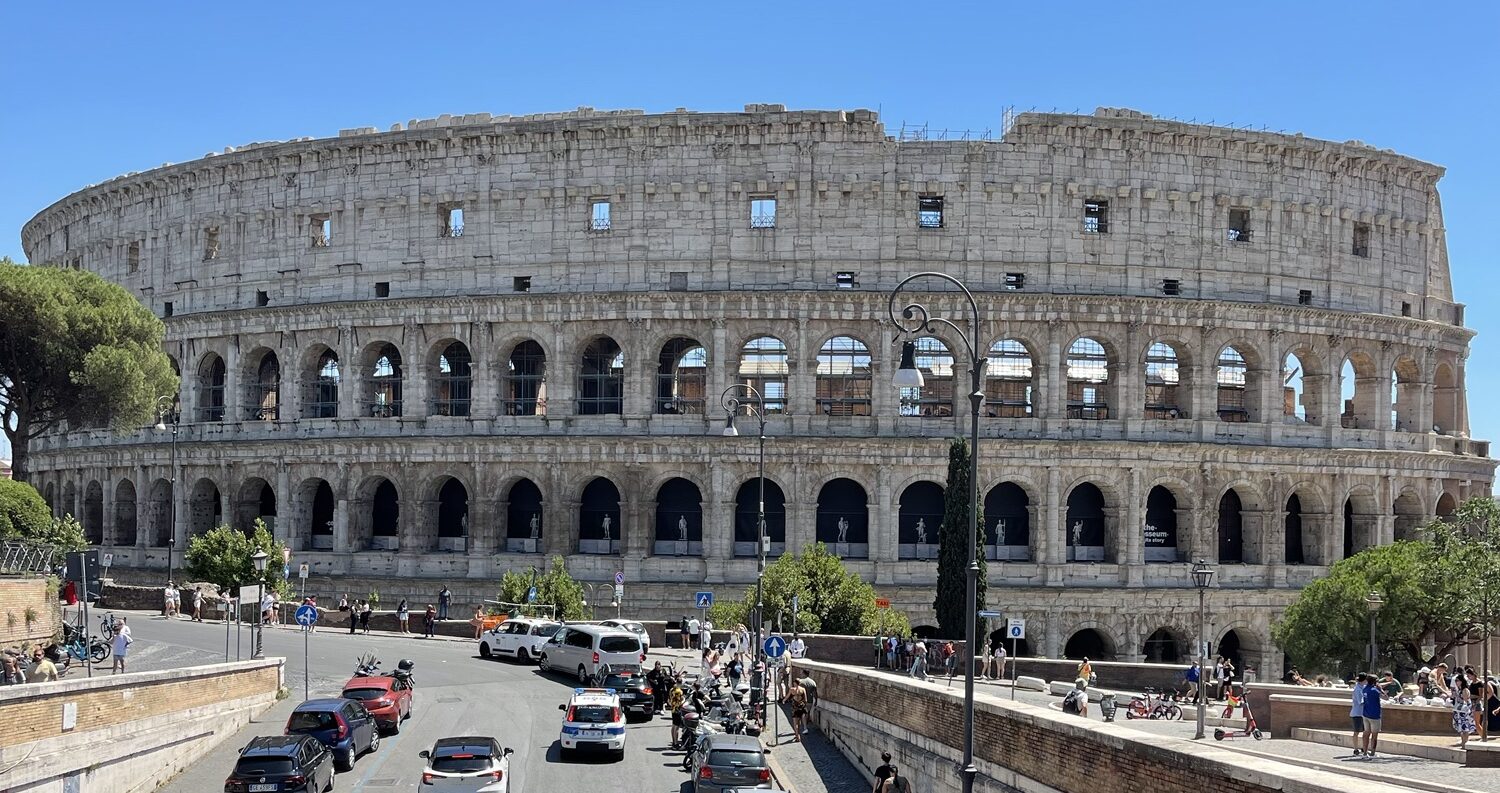
2) Trevi Fountain
The largest Baroque fountain in Rome, is an awe-inspiring masterpiece nestled in the heart of the city. Designed by Nicola Salvi and completed by Giuseppe Pannini in 1762, the fountain stands 26.3 meters (86 feet) high and 49.15 meters (161.3 feet) wide.
It features the majestic figure of Neptune, the god of the sea, flanked by two Tritons, symbolizing the taming of the waters. The fountain’s stunning sculptures and cascading waters create a mesmerizing spectacle that draws visitors from around the world.
According to legend, tossing a coin over your left shoulder into the fountain ensures a return to Rome, making it a beloved tradition among tourists. Best visited early in the morning or late at night to avoid the crowds, the Trevi Fountain offers a serene and enchanting experience that captures the romantic spirit of the Eternal City.
Entry Fee: Free.
Tips: Visit early in the morning or late at night to avoid the crowds and have a more serene experience. Don’t forget to bring coins for the tradition!
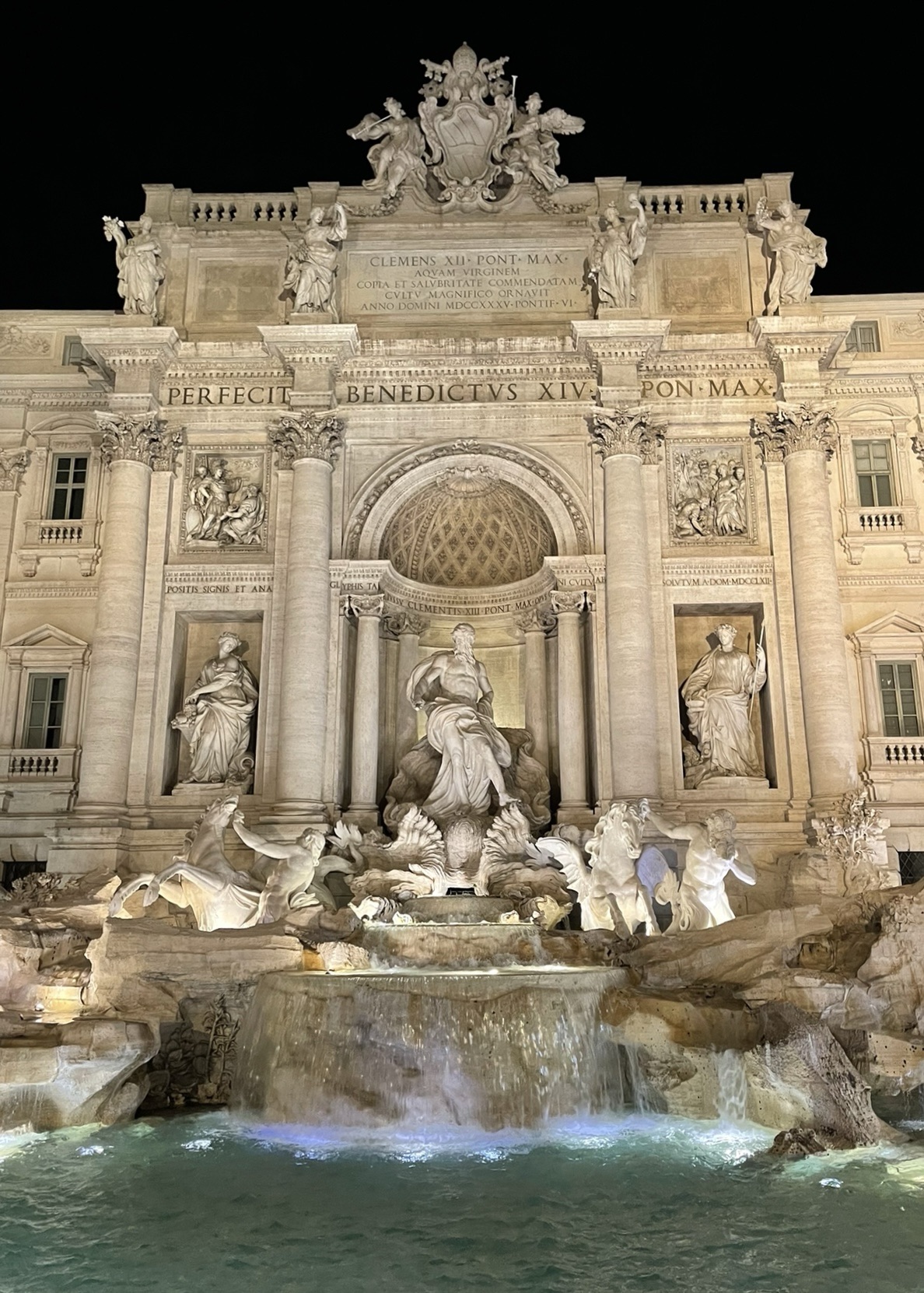
3) Vatican City
Vatican City, the world’s smallest independent state, is the spiritual and administrative center of the Roman Catholic Church. Key sites include St. Peter’s Basilica, the Vatican Museums, and the Sistine Chapel, home to Michelangelo’s stunning ceiling frescoes.
Entry Fee: Entry to St. Peter’s Basilica is free, but the Vatican Museums and Sistine Chapel cost €17. Reduced tickets for children (6-18) and students (up to 25) are €8.
Tips: Purchase tickets online to avoid long queues. Dress modestly, covering shoulders and knees, as the Vatican has a strict dress code.
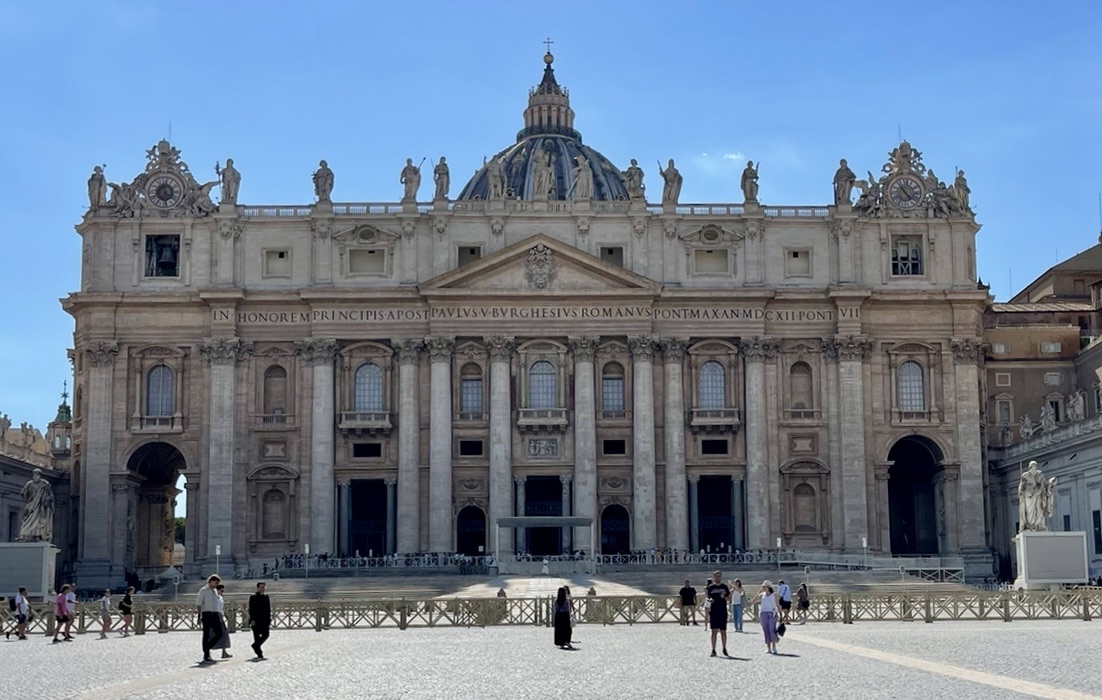
4) Piazza Venezia
Piazza Venezia is a central hub in Rome, dominated by the imposing Altare della Patria (Altar of the Fatherland), a monument dedicated to Victor Emmanuel II, the first king of unified Italy. The piazza is a great starting point for exploring the surrounding areas, including the Capitoline Hill and the Roman Forum.
Entry Fee: Free to walk around the piazza and view the exterior of the monument. Entry to the panoramic terrace of the Altare della Patria is €10.
Tips: Climb the stairs of the Altare della Patria for a breathtaking view of Rome. The piazza can be very busy with traffic, so be cautious when crossing streets.
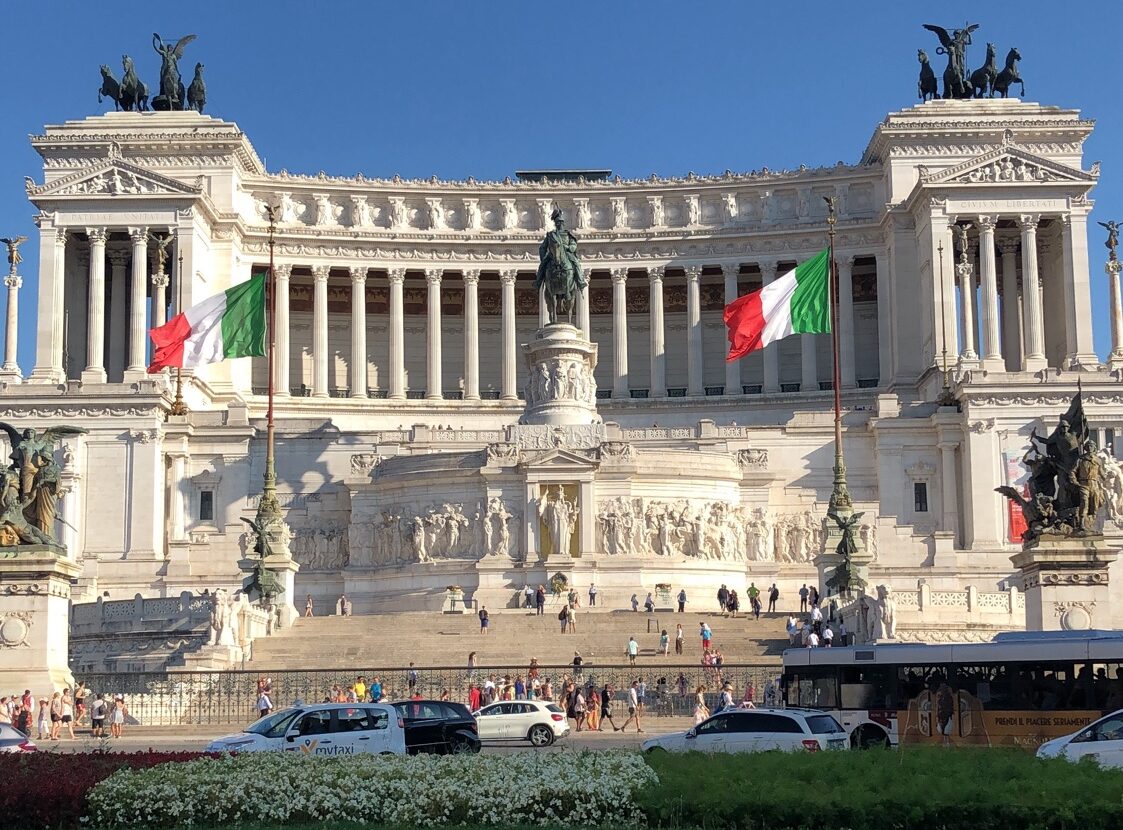
5) Spanish Steps
The Spanish Steps, a monumental staircase of 135 steps, connect Piazza di Spagna with the church of Trinità dei Monti. Built in the 18th century, they are a popular spot for both tourists and locals to relax and enjoy the ambiance.
Entry Fee: Free.
Tips: Visit in the spring to see the steps adorned with azaleas. Climb to the top for a great view of the city and take a stroll down Via dei Condotti, a street famous for its luxury shopping.
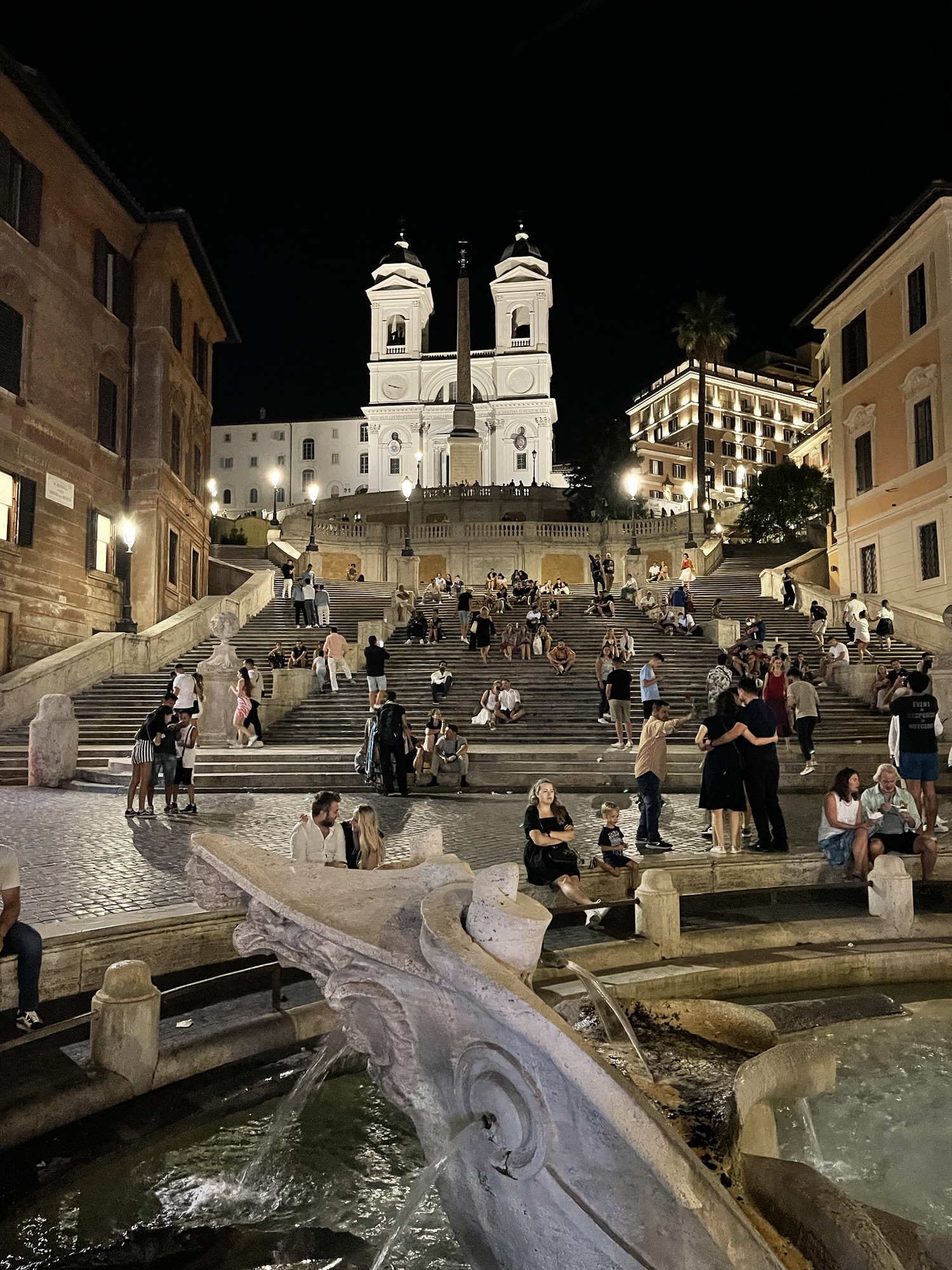
6) Pantheon
A marvel of ancient Roman engineering, was originally built as a temple to all the gods and now serves as a Catholic church. Its well-preserved rotunda, with a massive dome and central oculus, is an architectural wonder.
Entry Fee: Free for most of the year, though there is a €5 entry fee on weekends and public holidays.
Tips: Try to visit on a sunny day to see the sunlight streaming through the oculus. The Pantheon is also an excellent place to escape the midday heat.

Final Tips for Visiting Rome
- Getting Around: Rome is best explored on foot, but the city also has an efficient public transportation system, including buses, trams, and the metro.
- Best Time to Visit: Spring (April to June) and fall (September to October) offer pleasant weather and fewer crowds.
- Safety: Be cautious of pickpockets, especially in crowded areas and on public transportation.
Rome is a city that continually enchants visitors with its rich history, stunning architecture, and vibrant culture. Whether you’re tossing a coin into the Trevi Fountain or marveling at the grandeur of the Colosseum, each experience is a step back in time that leaves an indelible mark on your memory.

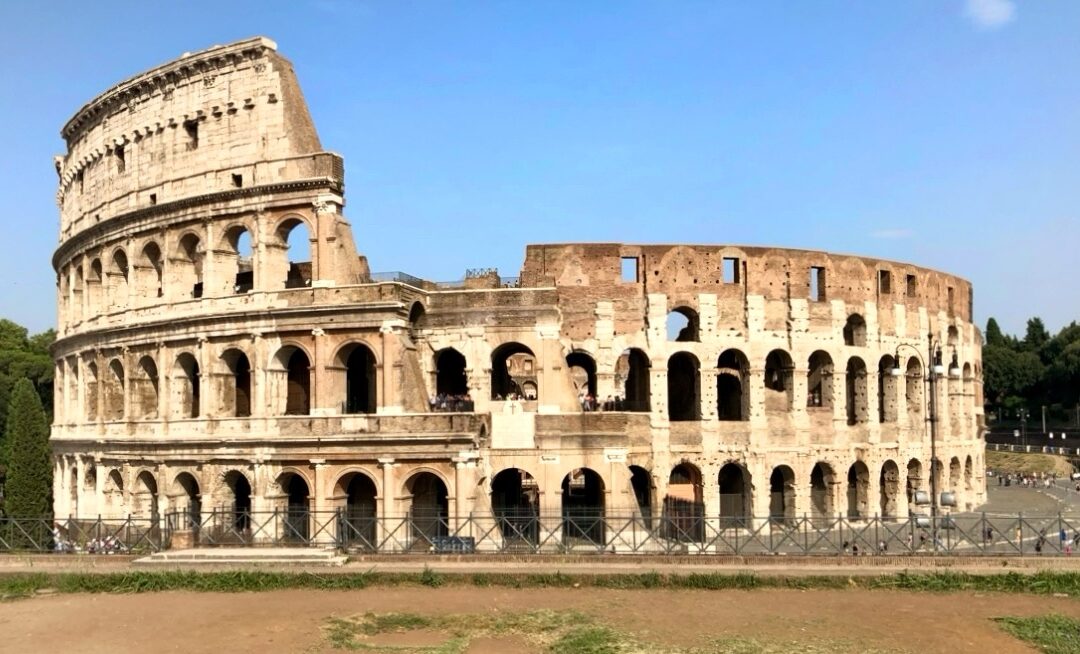
Hey people!!!!!
Good mood and good luck to everyone!!!!!
Hey people!!!!!
Good mood and good luck to everyone!!!!!